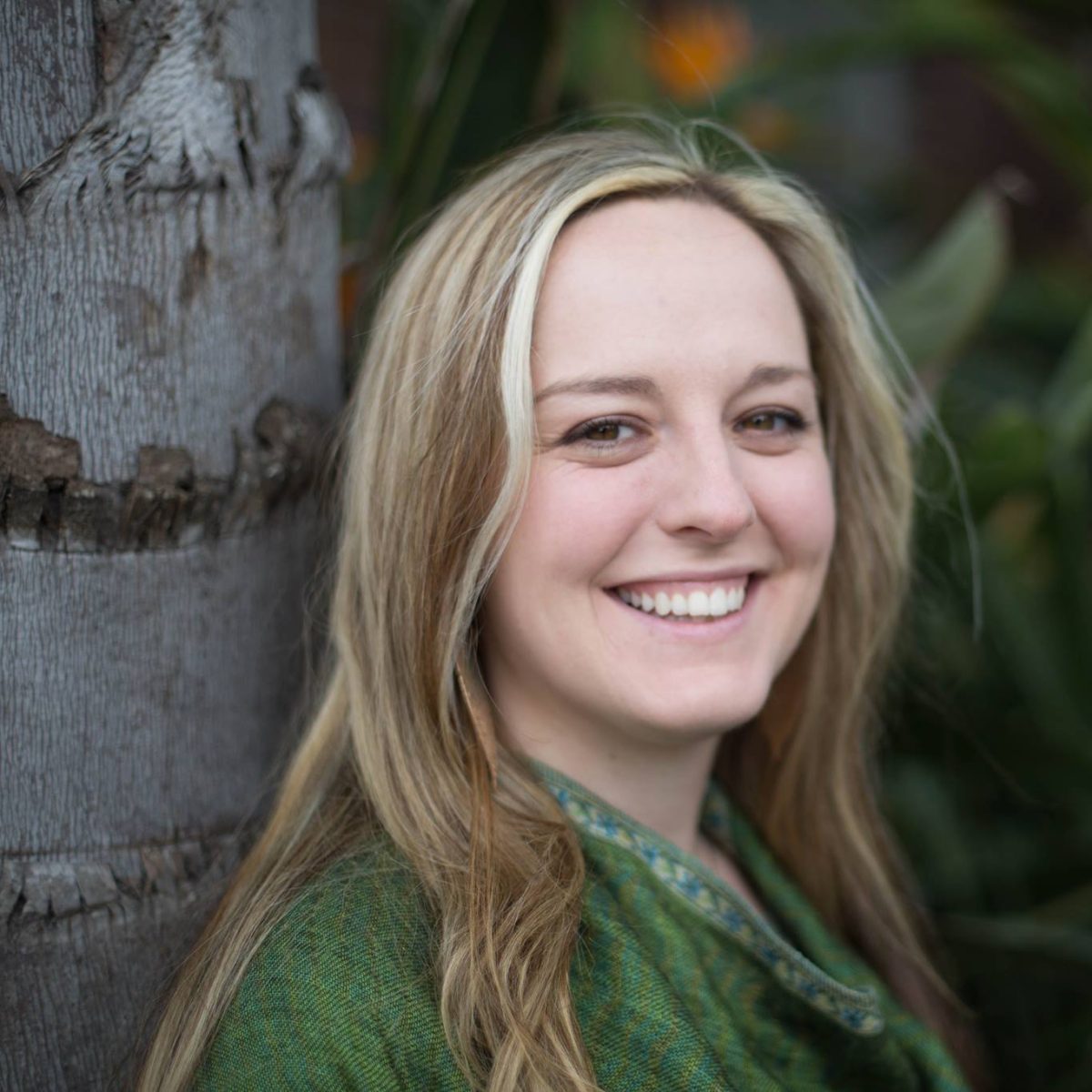Dressed in your cap and gown, congratulations are being offered from all around as you leave the place you’ve been for the past four years. A cheerful air surrounds you as you close the door to Bear River and open the door leading to the rest of your life- but a nagging regret lurks in the back of your mind. All of the opportunities you never took, all the classes you never signed up for- how might your high school experience have been different?
Each year, Bruins decide on a schedule of six classes to participate in, often foregoing electives and interests of theirs to fulfill their graduation and college requirements. Meanwhile, our rival school Colfax has an eight-class schedule, allowing their students to take four classes each semester and therefore either further their academic pursuits or enjoy a variety of classes that play to their non-academic strengths.
“An eight-class schedule would be nice, because it would allow students to take more academic classes or to potentially broaden their horizons in different subject areas or extracurriculars,” said Sophomore Grace Billingsley. “Also, it would definitely help kids to meet the A-G college requirements.”
However, she said that she had to address the stress that this would place on students.
“Eight classes could cause major stress on high-achieving students because they would have even more new information to take in and more homework,” Billingsley said. “It wouldn’t allow for any type of study hall or Bruin Time activity to talk to teachers.”
Bear River’s Principal Dr. Amy Besler said something similar to Billingsley regarding the additional stress of eight classes.
“The 4-by-4 schedule is extremely fast-paced; you are completing an entire year’s worth of work in four months or so,” Dr. Besler said. “Additionally, missing school can have a major impact — missing a week of school would be equivalent to missing two weeks.”
She went on to explain the other issues with a 4-by-4 schedule.
“The other thing that’s tricky about a 4-by-4 is that you can have a huge gap in between courses in a sequence,” she said. “For example, you could have Spanish 1 in the fall of your freshman year and then not have Spanish 2 until the spring of your sophomore year, which means an entire year goes by in between.”
Keegan O’Sullivan, a junior at Colfax High School, described something similar when asked what she thought the positive aspects of a six class schedule would be.
“One of the major pros of having a six block schedule is that the classes are all term long,” she said. “So for AP classes where the AP tests are in the spring, there isn’t the issue of having to relearn all the material from the class in the fall. Instead, the material is fresh on your mind from having the class both terms.”
Despite this, O’Sullivan said that she still prefers Colfax’s eight-class schedule.
“I would choose the eight block schedule,” she said. “I really value having more academic opportunity through the increased course load, and I think it’s nice to get a fresh slate of classes every [semester].”
Following the trend of preferring her own school’s schedule, Billingsley said the opposite.
“I prefer our current (six class) block schedule, despite its flaws,” she said. “I don’t like the idea of adding any more stress to my life, because I am already busy constantly.”
Dr. Besler continued to weigh the pros and cons.
“The blocks allow students and teachers to get more effective teaching and learning opportunity because they don’t have to rush and can accomplish more,” Dr. Besler said. “[However], long classes can sometimes cause students to become bored or disinterested with the topic, essentially “shutting off” their brain at some point to new information.”
Junior Marie-Claire Desplancke brought up a new point, saying that having less classes forces you to consider which ones are more likely to be important in your later life.
“I think some pros about having a six period schedule is that you … think more about what your future could hold,” she said. “I think that’s kind of important because that’s kind of a practice run of what college could be like.”
Dr. Besler said that both she and the district would love to add an extra class, but there are challenges in doing so.
“It would be awesome to be able to add an additional class period to the mix somehow, but when this was recently studied in our district, it was determined that doing so would come with an annual price tag of about a million dollars,” she said. She later added that this would increase our class sizes significantly.
Overall, Dr. Besler said that she prefers Bear River’s schedule over Colfax’s.
“I actually really like our schedule and think it’s a happy medium between a traditional 6-period day schedule and a 4-by-4 schedule,” Dr. Besler said. “The district has looked at different bell schedules numerous times over the years … We will certainly continue to explore options and are open to new ideas and better ways to serve the needs of our students.”
While we at The Current do understand the challenges and baggage that would come along with a 4-by-4 schedule, we would greatly appreciate the opportunity to explore more of our interests through extra electives each year, and we also believe that it would solve problems for many high-achieving students who simply don’t have time to take all the classes that they need to for their best chance at success.



































